Solar Inverters
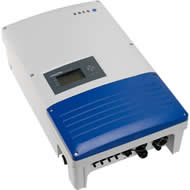
A Solar inverter or PV inverter is the most critical electrical component in a photovoltaic system. It converts the DC output of the solar panel into an alternating current that can be fed into the commercial electrical grid or used by a local, off-grid electrical network. Solar inverters have special functions adapted for use with photovoltaic strings, including maximum power point tracking and anti-islanding protection. Solar inverters are classified into two categories,
Stand-alone Inverters, usually being used in application where the connection to the electricity grid is not possible and controls the power conversion from a power storage system (batteries) to the electrical network of the premises. There are some multifunctional models that can also control the battery charging procedure through integrated solar battery charge controller.
Grid-tie Inverters, they are divided into two sub-categories, string and central inverters. Central Inverters are integrated only in large scale PV systems as their power rating start from 30kWp and up to 1MWp. The most common ones are the string inverters with power range from 3kWp up to 20kWp. Maximum Power Point Tracking system (MPPT) is a function that all the solar inverters use in order to get the maximum power output from photovoltaic module strings. Solar (PV) modules have a characteristic power output curve, also known I-V curve, which reflects the complexity of power generation and how it affected from parameters like solar irradiation, module temperature and total electrical resistance. The role of MPPT is to track these parameters and to optimise the power generation of the solar modules strings. Usually solar inverters deploy one, two or three MPP controls, depending whether it is single or three phase inverter and whether it is a string or central inverter.
The efficiency of solar inverters in the conversion of DC to AC power is being improved continuously and it has reached the level of 99%. However, in order to achieve this level of efficiency a lot of conditions need to be met. It is very important all these conditions to be considered in the design stage of the PV System. Most solar inverters are being designed and produced based on the central Europe weather conditions. Countries like Cyprus, with dry climate and extremely high temperatures over summer period can set out of operation string solar inverters with convectional cooling system.
Nowadays there are many good and reliable solar inverters in the market. Our experience and the high level technical know-how of our personnel leads us to the choice of the most appropriate hardware for Cyprus. We collaborate with all the leading companies in the market and through our pilot systems we test and analyse what is the best solution for our customers.
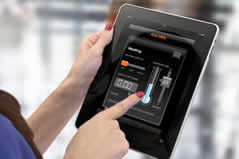



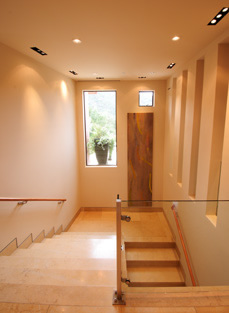

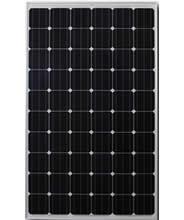

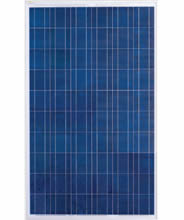
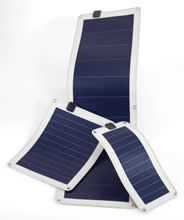
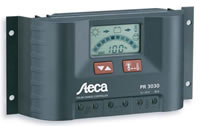
 Charge regulators are installed on solar systems in Cyprus where generated power in stored in battery cells. This is the case with the stand alone systems where excess power is stored in order to be used over the night or during cloudy days where the production is limited. Battery cells shall be charged and discharged under controlled procedures in order to comply with the terms of usage given by the manufacturer and the guarantee policy. Excess charging and discharging can lead to shortening of the life cycle of your batteries. This is the exact role of the charge regulators.
Charge regulators are installed on solar systems in Cyprus where generated power in stored in battery cells. This is the case with the stand alone systems where excess power is stored in order to be used over the night or during cloudy days where the production is limited. Battery cells shall be charged and discharged under controlled procedures in order to comply with the terms of usage given by the manufacturer and the guarantee policy. Excess charging and discharging can lead to shortening of the life cycle of your batteries. This is the exact role of the charge regulators.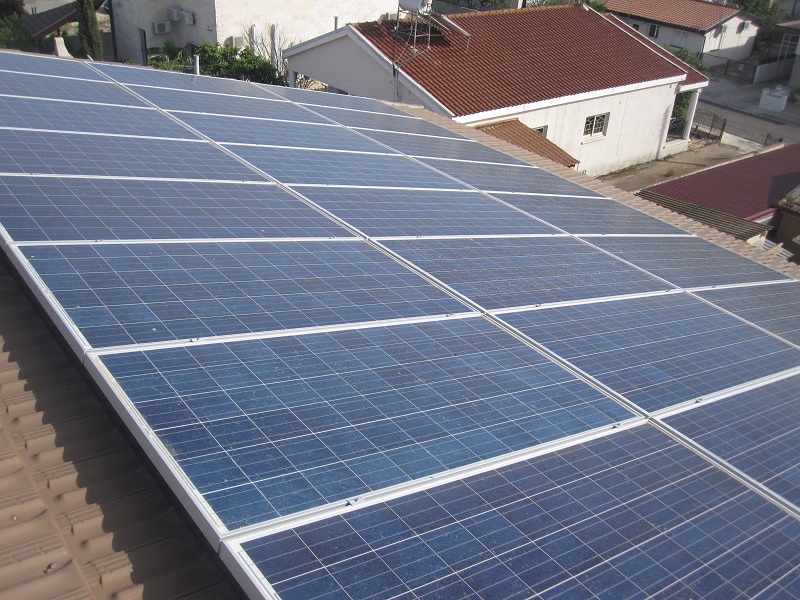


 The objective for every
The objective for every 
